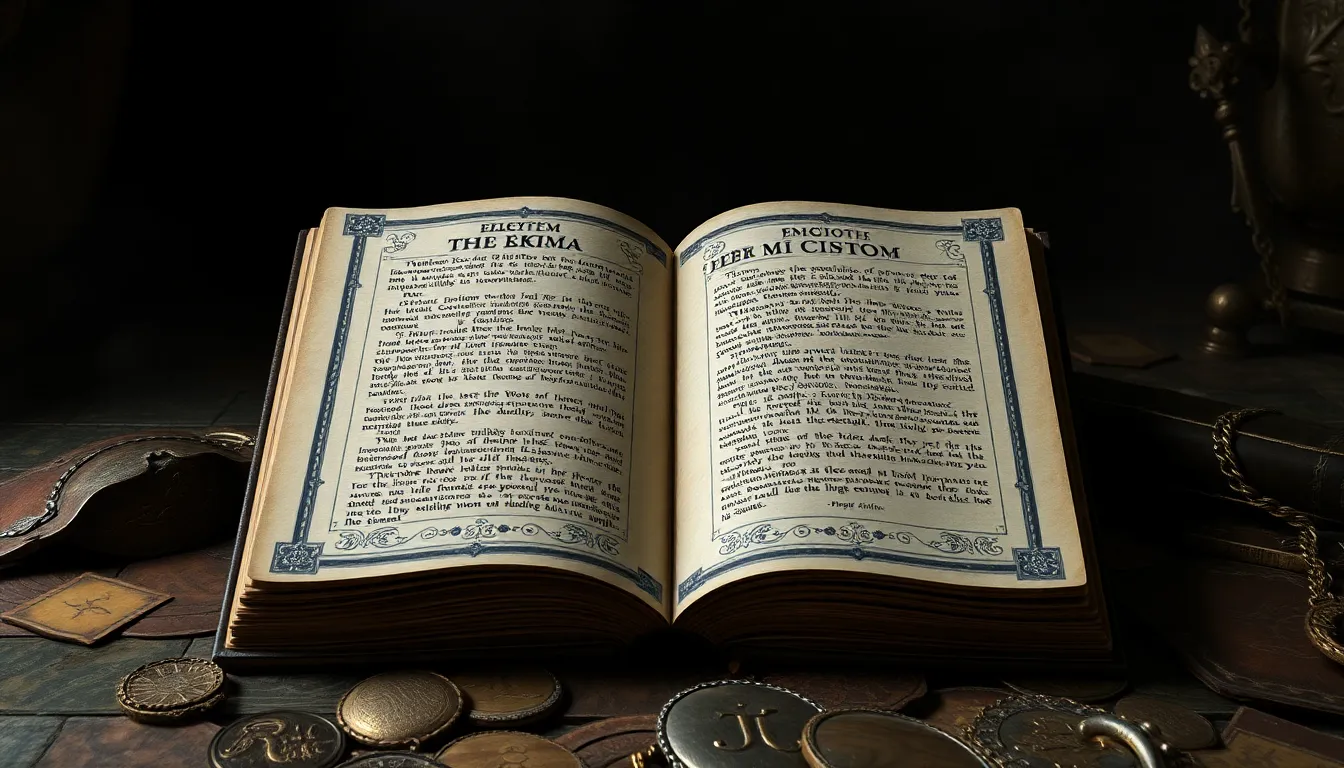1. Introduction: The Significance of Sacred Rites in Native American Mythology
In the tapestry of Native American mythology, sacred rites hold an esteemed place, embodying the profound spiritual and cultural heritage of these ancient peoples. These ceremonies, deeply ingrained in their traditions, serve as a vital conduit through which they honor the divine, seek guidance, and maintain harmony within their communities. Through the performance of these sacred rites, Native Americans forge a powerful connection to the spiritual realm and to the land they call home.
2. The Creation Story and the Origins of Sacred Rites
The creation stories of Native American mythology often intertwine with the genesis of sacred rites. In many traditions, it is believed that the Great Spirit or Creator bestowed upon humanity these ceremonial practices as a means of honoring the natural world and maintaining balance within it. These rites, passed down through generations, are seen as a sacred trust, entrusted to the care of the people for the benefit of both themselves and the environment.
3. The Sun Dance: A Rite of Passage and Renewal
Among the most well-known and significant sacred rites in Native American culture is the Sun Dance. This elaborate ceremony, practiced by many Plains tribes, is a rite of passage for young men, marking their transition into adulthood and their acceptance of responsibility within the tribe. The Sun Dance involves rigorous fasting, intense physical endurance, and prayers for the well-being of the community. Through this transformative experience, participants seek a profound connection to the sacred and a renewed sense of purpose.
4. The Ghost Dance: A Movement of Spiritual Salvation
During the late 19th century, the Ghost Dance emerged as a powerful spiritual movement among Native American tribes across the West. This messianic movement, inspired by a vision of a Paiute medicine man named Wovoka, promised a return to traditional ways of life and the restoration of deceased loved ones to Earth. The Ghost Dance spread rapidly throughout Native American communities, offering hope and solace to those who had endured significant hardship and cultural disruption.
5. The Whirling Log Ceremony: A Ritual for Healing and Vision
The Whirling Log Ceremony, practiced by the Omaha tribe, is a sacred healing ritual that involves the use of a large, rotating log. Participants dance around the log, seeking visions and supernatural assistance in addressing illness or other personal challenges. The ceremony is believed to promote spiritual purification and facilitate communication with the spirit world.
6. The Sweat Lodge Ceremony: A Purification and Transformation Ritual
The Sweat Lodge Ceremony, a widespread practice among Native American tribes, is a ritual of purification and spiritual cleansing. Participants enter a dome-shaped lodge heated by hot stones and infused with herbal vapors. Through intense sweating, prayer, and meditation, they seek physical and spiritual renewal, fostering a deep connection to the sacred.
7. The Feather Dance: A Dance of Gratitude and Joy
The Feather Dance is a joyful and expressive dance performed by many Native American tribes. It is characterized by colorful feather headdresses, intricate footwork, and lively rhythms. The dance often serves as a celebration of life, expressing gratitude to the Creator and honoring the beauty and bounty of the natural world.
8. The Corn Dance: A Celebration of the Harvest and Community
The Corn Dance, prevalent among agricultural tribes, is a sacred ritual honoring the corn spirit and giving thanks for the successful harvest. Through elaborate performances, participants celebrate the sustenance provided by the land and strengthen community bonds. The dance embodies the deep reverence that Native Americans have for the gifts of nature.
9. The Eagle Dance: A Rite Honoring the Sacred Thunderbird
The Eagle Dance is a powerful and awe-inspiring ceremony that pays homage to the eagle, a revered symbol of strength, courage, and spiritual connection. Performed by many Native American tribes, the dance involves intricate movements, feathered costumes, and traditional drumming. It is believed to invoke the eagle's protective spirit and bring blessings to the community.
10. Conclusion: The Enduring Legacy of Sacred Rites in Native American Culture
Sacred rites have played an integral role in Native American culture throughout history. They serve as a bridge between the physical and spiritual worlds, providing a means to honor the divine, seek guidance, and maintain cultural identity. The enduring legacy of these ceremonies lies in their ability to foster a profound connection to the sacred and to pass on cultural wisdom and traditions to future generations.
FAQ
Q: What is the significance of sacred rites in Native American mythology?
A: Sacred rites hold profound significance in Native American mythology, serving as a vital means of honoring the divine, seeking guidance, and maintaining harmony within communities. They provide a conduit through which individuals can connect to the spiritual realm and to the land they call home.
Q: What is the origin of sacred rites in Native American mythology?
A: The creation stories of Native American mythology often intertwine with the genesis of sacred rites. Many traditions believe that the Great Spirit or Creator bestowed these ceremonial practices upon humanity as a means of honoring the natural world and maintaining balance within it.
Q: What are some of the most well-known sacred rites in Native American culture?
A: Some of the most renowned sacred rites in Native American culture include the Sun Dance, the Ghost Dance, the Whirling Log Ceremony, the Sweat Lodge Ceremony, the Feather Dance, the Corn Dance, and the Eagle Dance.



